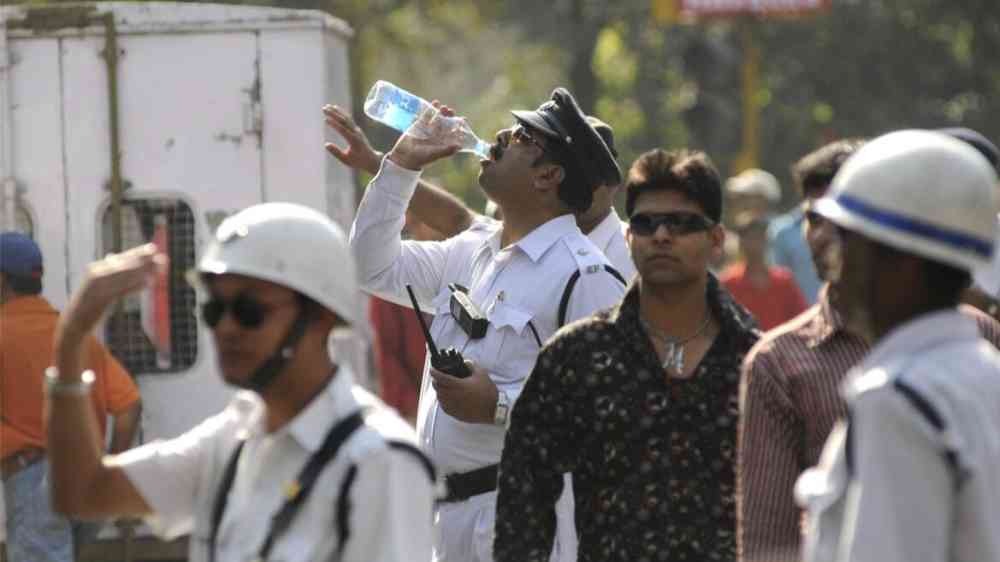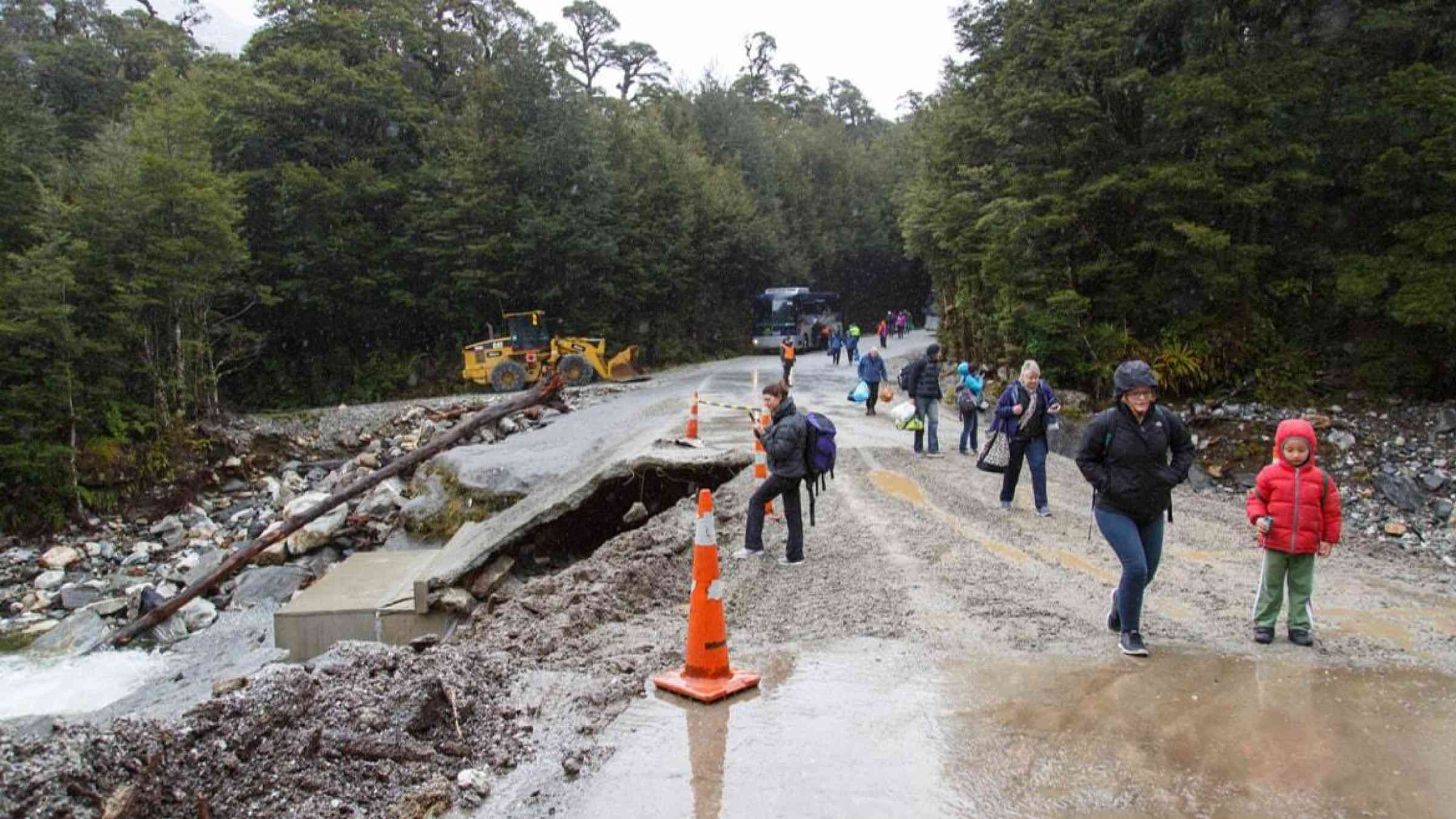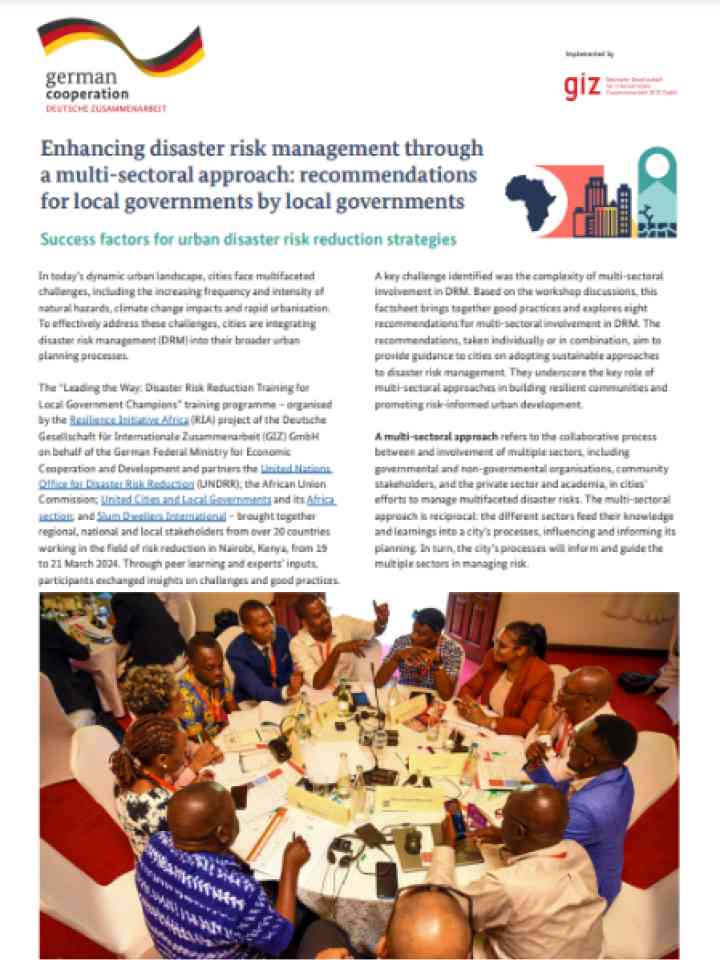Urban risk & planning
This theme contributes to the understanding of urban risk, which includes urban hazards, exposure and vulnerability. It also covers aspects related to improving awareness, as well as local governance and local capacity to effectively reduce disaster risk.





